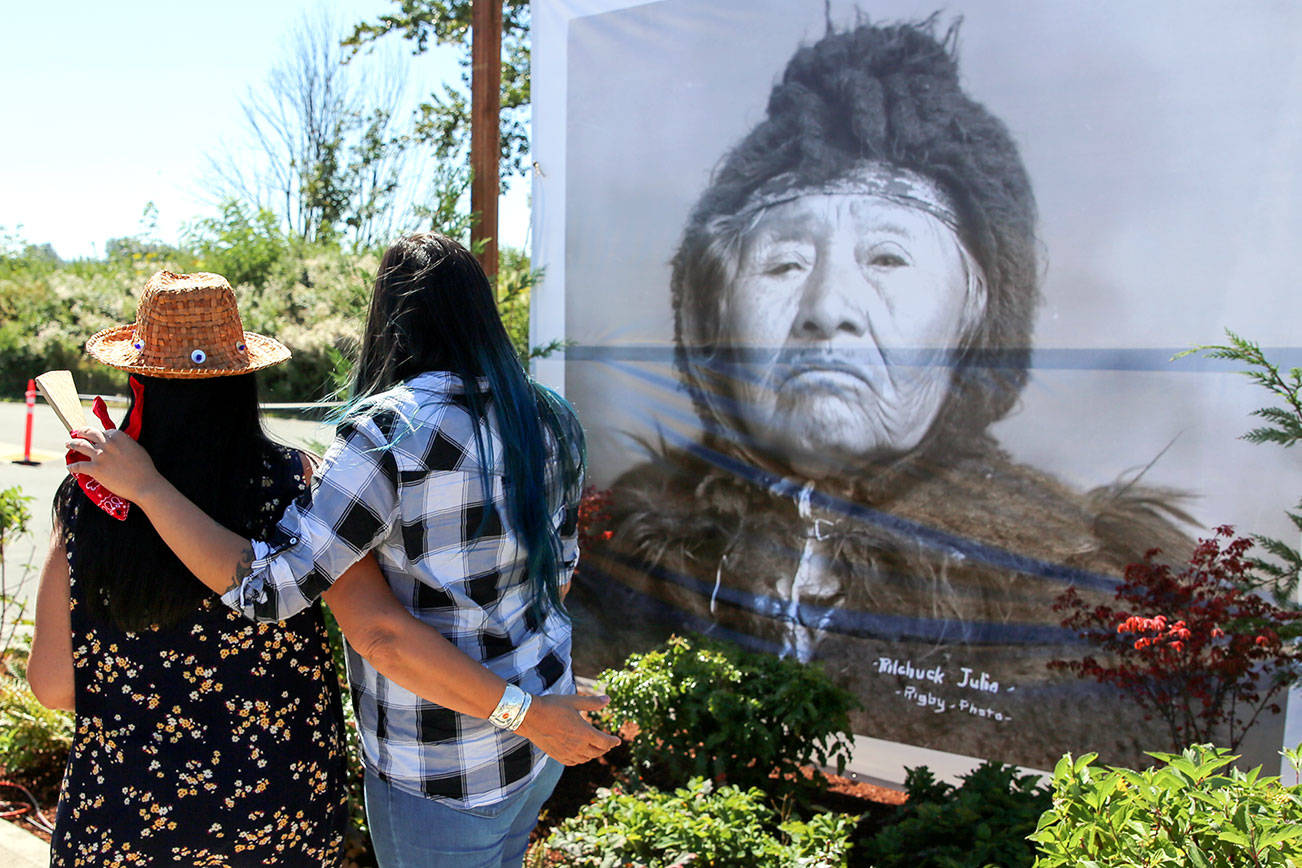As much as any decision made by local governments, how our collective history is honored — usually now with names and plaques rather than with monuments or statues — often is a long and deliberative and sometimes contentious process.
Perhaps it’s because those with the final say in naming a park or building recognize that — as there are more history-makers to be honored than things to be named — they are making a decision that must stand the test of time and carry as much meaning in 100 years as it does now.
The deliberation that goes into how we now choose to honor historical and community figures also is necessary now as we consider, and sometimes have failed to consider, the fate of monuments and place names set decades ago.
That can appear to be a glacial span of time compared with recent actions to remove or topple statues to Confederate military commanders, colonial conquerors and even Founders with troubling pasts regarding slavery or the slaughter of American Indians. In many cases, especially regarding Confederate statues, the debate has been going on far longer than just the recent weeks since Americans began considering anew how racism has been shown approval — sometimes implicit and sometimes obvious — in decisions regarding how we remember our history and how we “write it” with such monuments.
We need to gain a better understanding of our history, much of it complicated and uncomfortable when it involves those responsible for the nation’s founding. We need to show as much consideration in how we remove names and monuments as we now routinely take in naming parks and affixing plaques that honor those who we believe are deserving.
There’s reason to find some monuments — especially those honoring Confederate “heroes,” often placed decades after the war during the Jim Crow era and meant to intimidate Blacks — disturbing, hateful and worthy of immediate removal. And that removal should come much quicker than it has. But their removal requires a public, deliberative process, rather than by the sledge hammers, ropes and passions of protesters.
That process is not for the sake of the monuments or those who erected them. It is, instead, for history’s sake and our sake that we all have the opportunity to learn about and fully consider who and why we have honored some above others in our public squares.
Erasing names and removing monuments without discussion and consensus risks forgetting the lessons we must take from our shared history, regardless of whether those memorialized are worthy of our pride or our shame.
By The Herald (Everett) editorial board.


